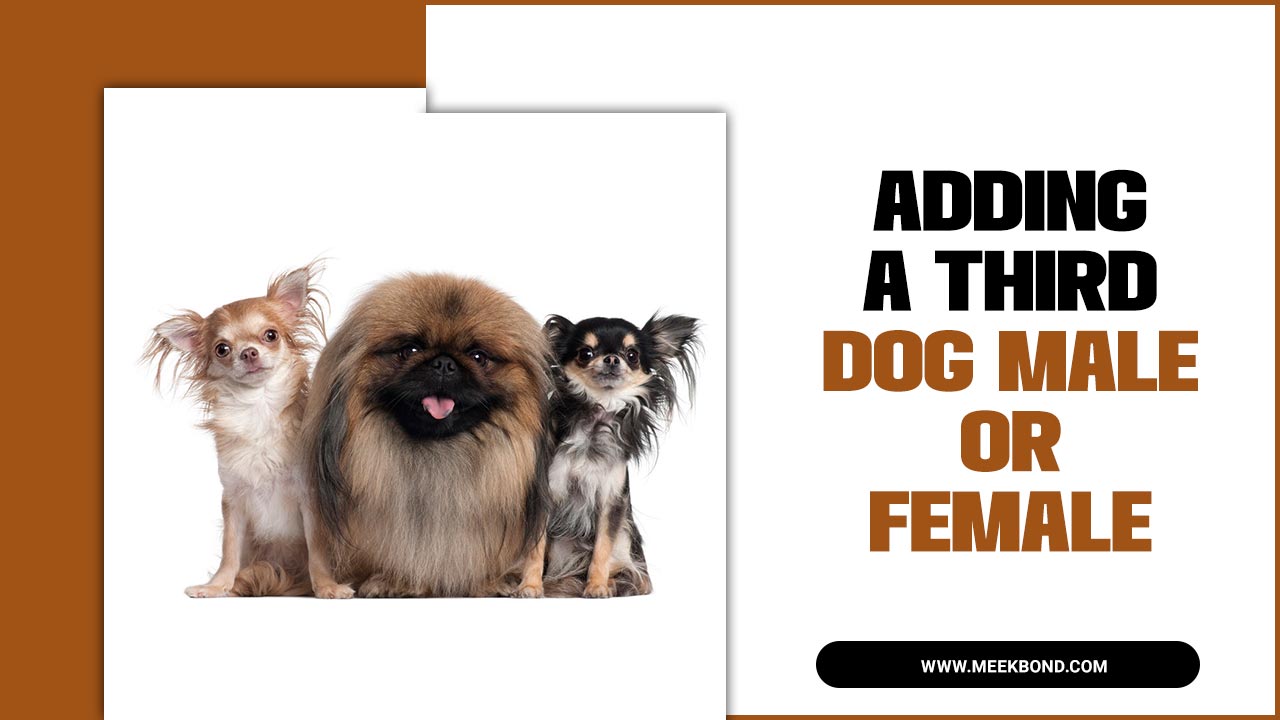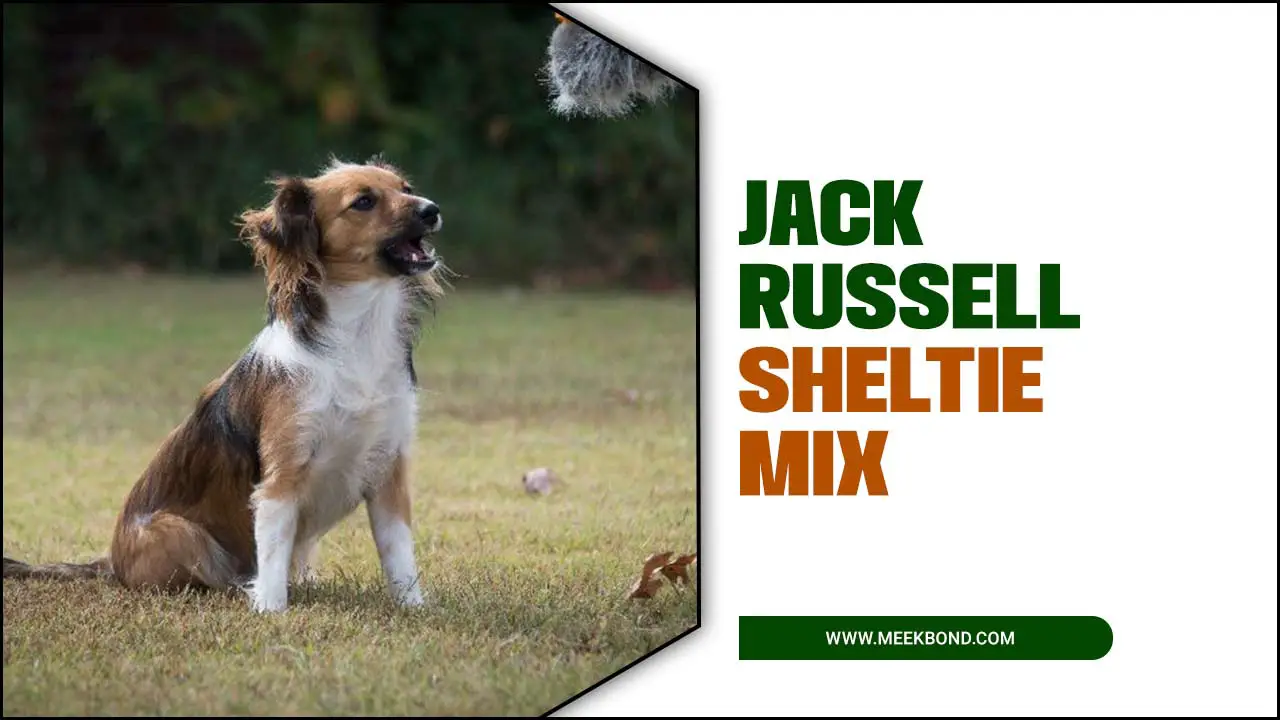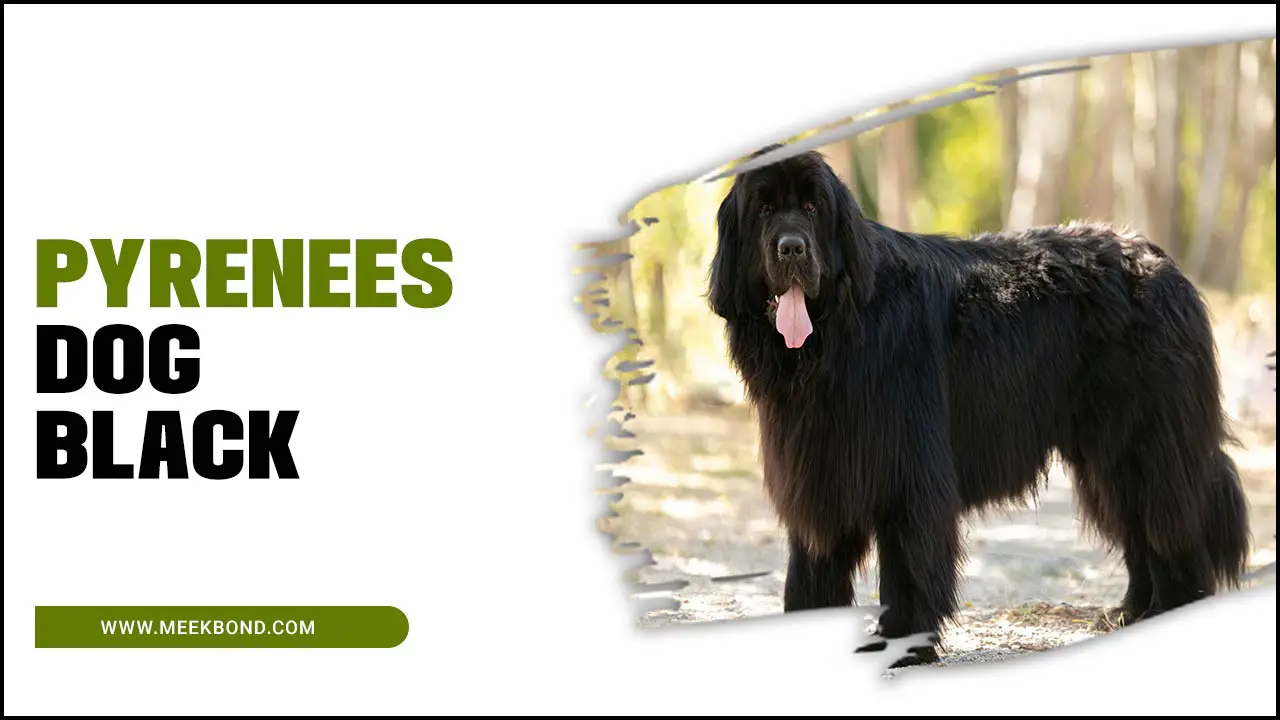Bringing a new dog home is an exciting and joyous moment. However, it is essential to remember that introducing a new dog to your family requires careful planning and consideration.
You want to ensure the transition is smooth for your family and your new furry friend. When introducing a newcomer or a new pet into your home, it’s crucial to follow a gradual introduction process while keeping close supervision over all interactions while providing one-on-one time with each pet.
Understanding canine body language is imperative when introducing them to a neutral location or territory. You might find it helpful to enlist the help of an animal behaviourist or dog trainer during this introduction process if there are any behavioural problems. Here we will cover everything about how to introduce a new dog to your family.

How To Introduce A New Dog To Your Family-By Following Step-By-Step Guidelines
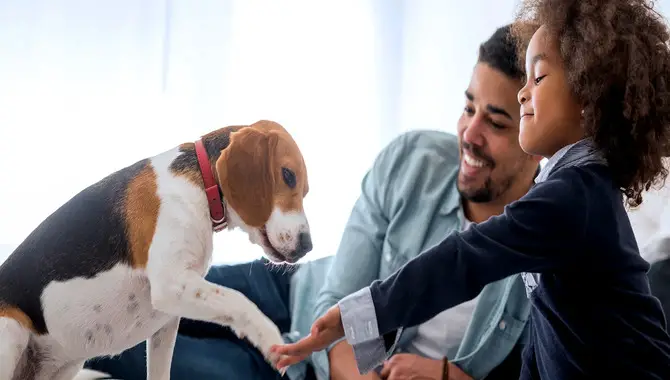
Introducing a new dog to your family is an exciting time, but it’s essential to do it properly to ensure a smooth transition for both the dog and your family. Dogs are social animals and need time to adjust to new people and surroundings. Proper introduction can help prevent behavioural issues such as anxiety, aggression, and fearfulness.
Introducing the new dog gradually to family members and other pets in the household is essential. Giving the dog space and time to explore its surroundings can also help prevent stress. It’s important to remember that each dog is different, so what works for one may not work for another.
By taking the time to introduce a new dog properly, you can set them up for success in their new home and create a strong bond with your furry friend. Here is step By step guidelines on how to introduce a new dog to your family:
1.Prepare Your Home

To ensure a smooth transition when bringing home a new dog to join your family, it’s essential to prepare your home appropriately. Begin by preparing your furry companion’s necessary supplies- food and water bowls, toys, and a bed.
Set up a designated space for your new pet away from other household animals or hazardous items. When introducing the pup to family members, one-on-one time in neutral territory is best while closely monitoring their interactions for positive associations and appropriate behaviour.
2.Choose The Right Timing

When introducing a new dog to your family, selecting the appropriate timing is crucial. Choosing a neutral territory like a park or backyard for the first meeting is better. Ensure every pet has its own space and avoid forcing them into an interaction if they appear uneasy.
Close supervision during feeding times, playtime, and one-on-one time with each pet is necessary during the initial stages of introduction. Keep an eye on body language and positive interactions between pets while avoiding negative behaviour such as growling or scuffling. Remember that patience is critical during this process.
3.Finding The Perfect Pet Match
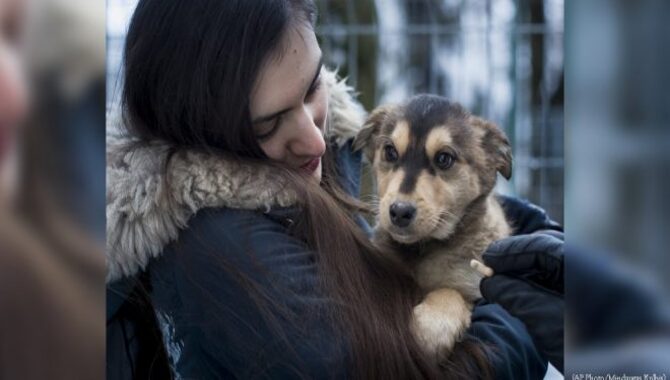
When introducing a newcomer to your family, finding the perfect pet match is critical. It involves considering factors like energy levels, size, and compatibility with other pets in the household. To ensure you make the right choice for your family’s unique needs and lifestyle, thoroughly research breeds temperaments before selecting a reputable breeder or adoption agency.
Gradually introducing your new dog to other family members and existing pets can help prevent undue stress and conflicts. With plenty of affection, attention & positive reinforcement from an expert handler or animal behaviourist, you can build a strong bond while enforcing appropriate behaviour from day one.
4.Introducing Your Dog To A New Cat

Introducing your pup to a newcomer in the form of a kitten requires close supervision. Begin by allowing them to get familiar with each other’s scent through blankets or toys before meeting at a neutral place. Once comfortable with each other’s scent, please keep them in separate areas during initial meetings.
The good idea is to initially use baby gates or crates as physical barriers between them while rewarding positive interactions with playtime and on-leash walks. Remember to offer praise and positive reinforcement for appropriate behaviour from your pup while ensuring that you pay close attention to their body language throughout this time.
5.Introducing Your Dog To A New Baby
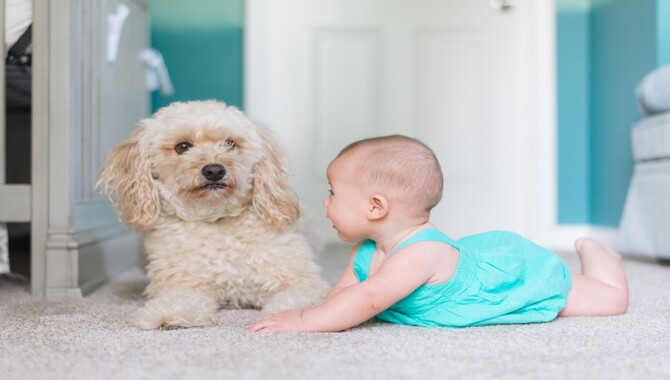
When introducing a new baby to your resident dog, it is crucial to prepare your pup beforehand and supervise all interactions closely. Before the introduction begins, familiarise your dog with baby smells and sounds. During the first meeting, ensure your dog is on-leash and closely monitor their body language.
Positive reinforcement of appropriate behaviour is vital while discouraging any hostile actions. Don’t forget to give each pet space, separate feeding areas, and individual attention from its handler. Seeking expert advice from a trained animal behaviourist may also be beneficial in ensuring a smooth transition for both pets into their new family home.
6.Introducing Your Dog To A New Puppy
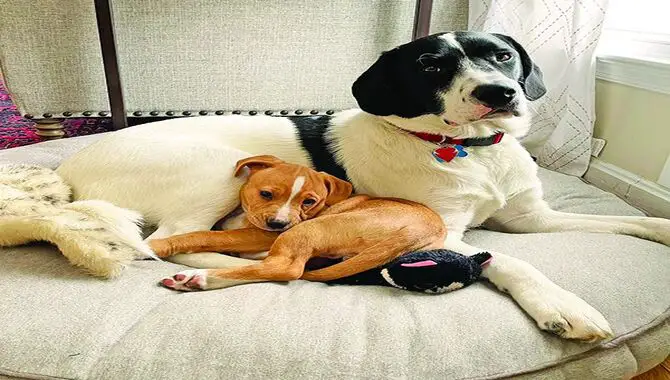
Introducing your new furry friend into a home with an older dog can be tricky, but it’s all about patience and taking small steps. Begin the introduction in a neutral location on-leash, without treats or toys. Please pay close attention to their body language and keep them on a leash during feeding to prevent food aggression or competition.
Provide each pup with its own space and resources, including separate crates. Remember that some older dogs may have prey drive towards puppies, so close supervision is critical during playtime off-leash. Reward good behavior and provide each pup with their own one-on-one time.
7.Introducing Your Dog To A New Family Member
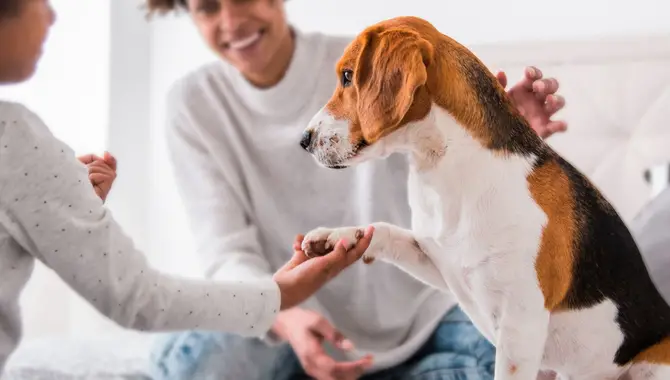
Introducing your dog to a new family member requires preparation and patience. Ensure your pup is well-socialized and trained beforehand to avoid behavioural problems. Gradual introductions in a controlled environment with positive reinforcement through treats and affection are highly recommended.
Close supervision during the first meeting is necessary for both the safety and good behaviour of your furry friend. With time and patience, your dog will enjoy the company of others in its own space.
8.Monitoring Mealtimes With Multiple Pets

Maintaining harmony among multiple pets while feeding can be tricky. It’s best to keep them separated and introduce the newcomer slowly using baby gates or a crate. Always observe their interactions and body language during feeding time and increase their time together gradually.
Feeding them in different areas can also prevent territorial behaviour. Professional advice from an animal behaviourist or dog trainer may be a good idea if there are any scuffles between your furry friends.
9.Giving Each Pet Their Own Space

Creating separate spaces for each pet is crucial when introducing a new dog to your family. Giving newcomers their space is essential for their safety and well-being while preventing potential scuffles between pets. Designate specific areas with food bowls and toys for each pet to make everyone feel comfortable.
Use a crate or baby gate during initial interactions so that both pets can observe each other’s body language from a distance under close supervision by a handler. Reward good behaviour with treats or affection and always supervise playtime in neutral territory for the first time. Remember that patience and positive reinforcement are key when ensuring that your new pet becomes great friends with your current dog.
10.Introducing Toys And Playtime
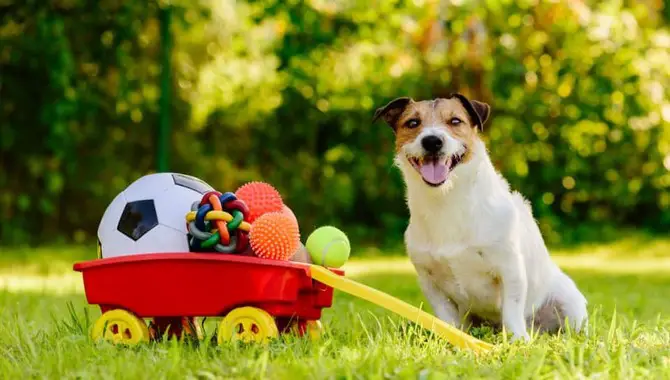
Playing with toys and having one-on-one time is a great idea when introducing a newcomer, such as a new pet, to your current family pets. Choosing appropriate toys for your new dog is essential in creating positive associations between the dogs.
Always give close supervision during playtime in neutral territory to avoid scuffles. To ensure good behaviour from your furry friends, consider seeking support from a dog trainer or an animal behaviourist. Encourage good behaviour through positive reinforcement by rewarding affection or treats during playtime.
11.Allowing Pets To Interact Off-Leash
Introducing pets off-leash is essential in a controlled environment, such as a neutral location or kennel. To initiate interaction between two dogs that haven’t met, start with an introduction through a barrier or baby gates.
Always maintain close supervision and observe body language for any signs of aggression, which should be avoided with an immediate separation of the pets involved. Gradually increase playtime while ensuring positive interactions between residents and newcomers using treats and positive reinforcement. Consultation with a behavioural specialist or professional dog trainer may be necessary if there are concerns about behavioural problems.
12.Taking It Slow With Your New Pet
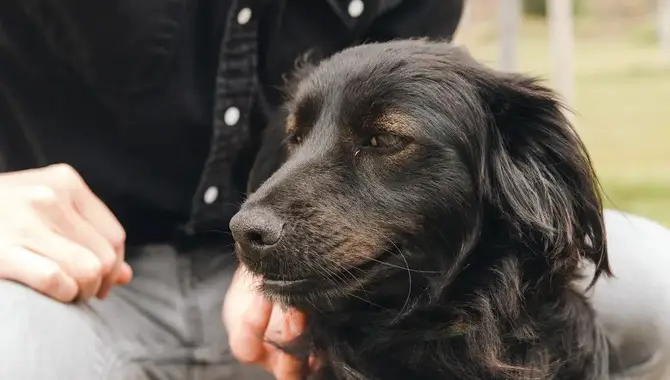
Introducing a new pet can be daunting but taking it slow is key. Start with short interactions and use positive reinforcement to encourage good behaviour. Crate training or designated safe spaces can provide security for your newcomer. Seek professional help if necessary.
It is vital to let them adjust at their own pace before playing with pups off-leash or feeding them alongside resident pets’ food bowls. Observe body language and seek expert advice from an animal behaviourist if behavioural problems arise.
How To Ensure A Smooth Transition
Starting on the right foot when welcoming a new dog into your home is essential for long-lasting happiness for everyone involved. Begin by introducing the newcomer in a neutral location where you can keep both dogs on leash, and they can get acquainted through their sense of smell while maintaining a safe distance.
Close supervision is crucial during the first meeting to prevent scuffles or growls. Providing separate areas for feeding or alone time helps create positive associations with one another’s company. A certified dog trainer or animal behaviourist can always help if behavioural problems arise.
Common Mistakes To Avoid
When bringing a newcomer into your family, taking things slow and avoiding common mistakes is essential. Avoid rushing the introduction process, as proper training and socialization take time. Always supervise interactions between dogs, give each one enough space, and ensure they are introduced in neutral territory.
Seek professional help from an animal behaviourist if things get complicated. Avoid introducing dogs in crowded or unfamiliar environments, follow feeding protocols with separate food bowls, and incorporate positive reinforcement techniques for appropriate behaviour.
Conclusion
Introducing a new dog to your family is an exciting but delicate process. It’s essential to ensure everyone, including your new furry friend, feels safe and comfortable. By following the tips we’ve outlined in this outline, you can ensure a smooth transition for all involved.
Remember, each pet is unique, and adjusting to their new surroundings may take time. Monitor pet interactions, give each pet their space, and take things slow. With patience and love, your new dog will quickly become an integral part of the family. Follow the above guideline on how to introduce a new dog to your family and introduce the dog smoothly.
Frequently Asked Questions
What Are Some Things To Consider Before Introducing A New Dog To Your Family?
Before introducing a new dog to your family, consider its personality and energy level and how it will align with your family’s lifestyle. Ensure compatibility with existing pets, have enough resources and space to care for another animal, and consider training needs.
What Are Some Techniques For Introducing The New Dog To Existing Pets In The Household?
To introduce a new dog to existing pets, start gradually by allowing them to sniff each other through a closed door. The first in-person meeting should be on neutral territory with supervision to prevent aggressive behaviour. Positive reinforcement and patience are crucial for success.
Are There Any Common Mistakes To Avoid During The Introduction Process?
During the introduction process, avoiding common mistakes like introducing dogs too quickly and not giving them their own space is crucial. Forcing interactions can be harmful, so allow time to adjust. Neglecting training and socialization can also cause issues during introductions.
What Are Some Tips For Introducing A New Dog To A Household With Existing Pets?
When introducing a new dog to a household with existing pets, start in a neutral location and allow them to sniff and observe each other’s body language. Increase supervised time together gradually and reward positive behaviour while being patient.
Are There Any Training Techniques I Should Use When Introducing A New Dog To My Family?
When introducing a new dog to your family, use positive reinforcement training techniques, such as treats and praise. Gradually introduce them to family members and pets while ensuring positive experiences. Consistency in training is crucial for a smooth transition for the new dog and the family.

Aquarium passion is all about connecting with the aquatic life and providing education to the public on the importance of these creatures. We showcase a wide variety of marine life through our exhibits as well as working with schools to provide unique learning opportunities for students of all ages.

